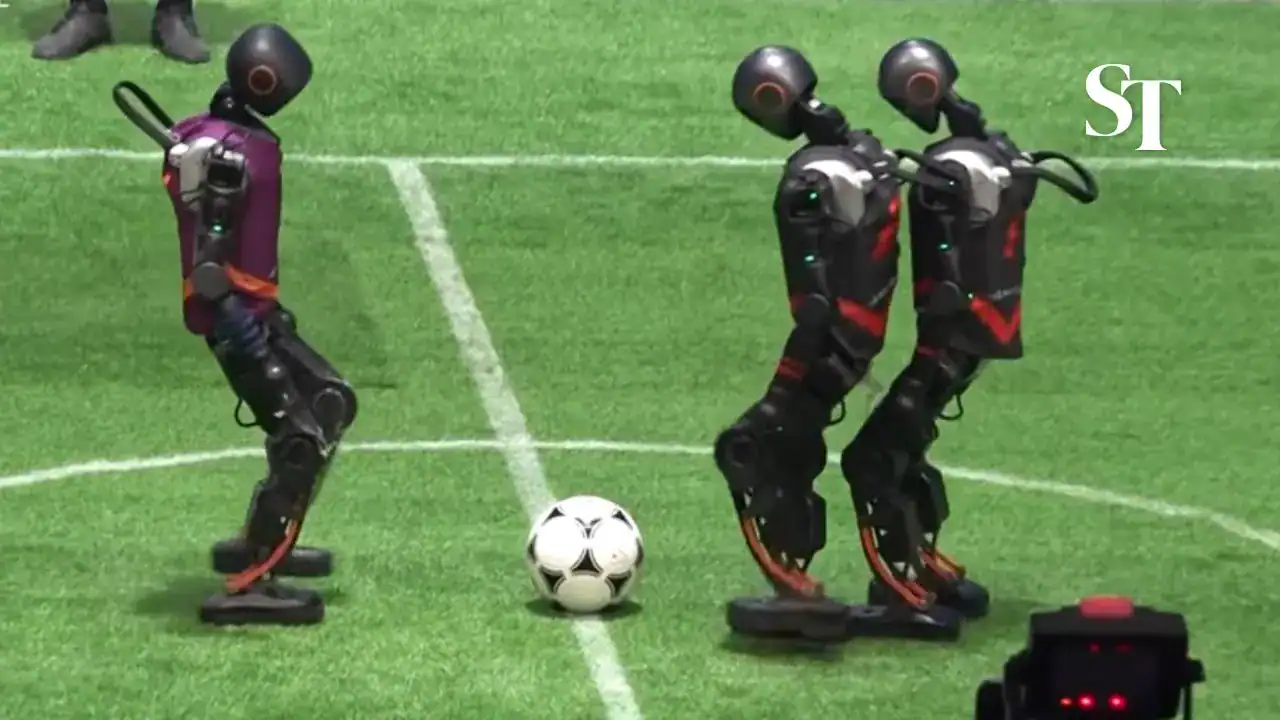CALIFORNIA – An AI agent recently flew Lockheed Martin’s VISTA X-62A for more than 17 hours at the U.S. Air Force Test Pilot School (USAF TPS) at Edwards Air Force Base in California—the first time AI was used on a tactical aircraft. The experimental training aircraft is expected to lay the groundwork for a coming wave of jets piloted entirely by computers.
The VISTA, developed by Lockheed’s Skunk Works and Calspan Corporation, is fitted with software that allows it to mimic the performance characteristics of other aircraft. The test plane is a modified F-16D Block 30 Peace Marble Il aircraft upgraded with Block 40 avionics.
The VISTA AI test flight may be a sign of things to come. Sixth-generation fighter jets, while still in the concept stage, are expected to have the option to fly without pilots. For example, the Air Force’s Next Generation Air Dominance (NGAD) program aims to develop a family of jets to succeed Lockheed’s F-22 Raptor.
The U.S. isn’t the only country eyeing AI for jets. The U.K., Italy, and Japan have announced plans to develop a new fighter that uses algorithms instead of pilots. The next-gen fighters for those countries could enter service in the mid-2030s and might eventually replace the Typhoon jet.
Russia is also getting into the AI aircraft field. A recent report claims the Russian Air Force is upgrading its fighters with AI capabilities that could help pilots with decision-making. While details on the system are scarce, it reportedly allows pairs of fighters to share information more efficiently.
AI is also attracting the interest of private firms that hope to supply tech to service branches. Shield AI recently announced it had raised an additional $60 million in venture capital funding to build AI pilots. The company says its Hivemind software is an AI pilot for military and commercial aircraft that enables aircraft teams to perform missions ranging from penetrating air defense systems to dog fighting.
To read more, click on Poplar Mechanics






